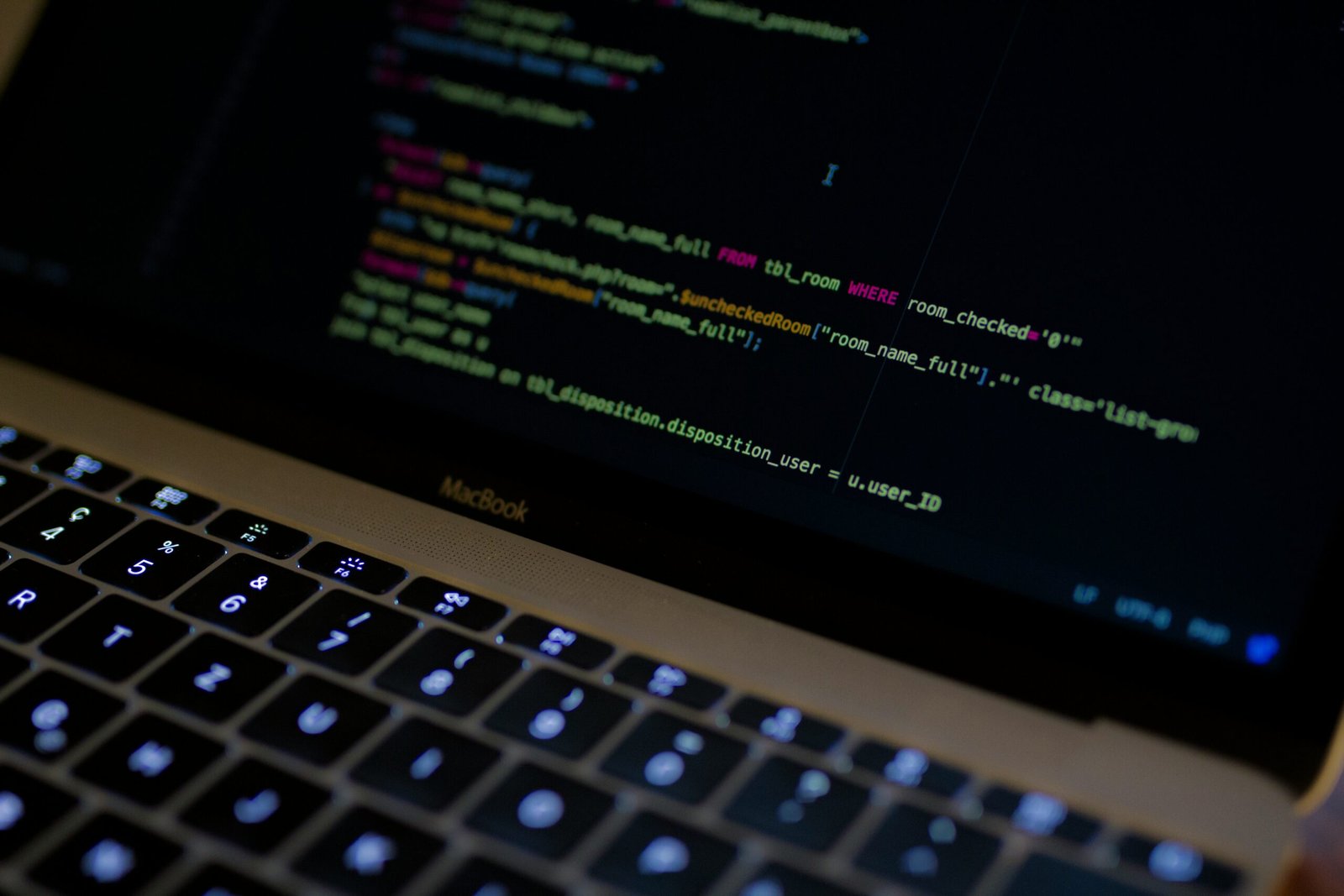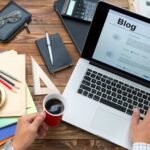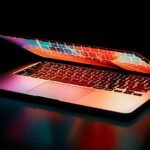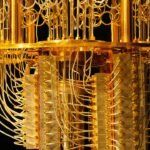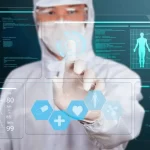The Role of AI in Wildlife Conservation
The natural world is a delicate balance of ecosystems and species, each playing a crucial role in maintaining the health of our planet. However, the global decline in wildlife populations due to various threats, including habitat loss, poaching, and climate change, highlights the urgent need for innovative solutions to protect and conserve our biodiversity. Enter Artificial Intelligence (AI), a powerful tool that is revolutionizing wildlife conservation efforts worldwide. In this blog, we will delve into the transformative role of AI in safeguarding our planet’s precious and diverse species, and explore how technology is enabling us to become more effective stewards of the wild.
1. Intelligent Monitoring and Surveillance
One of the most critical challenges in wildlife conservation is monitoring and protecting vast and often remote habitats. AI-powered surveillance systems, equipped with cameras and sensors, can detect and analyze the movements of animals in real-time. These systems can identify endangered species, track migration patterns, and even detect illegal activities such as poaching. By providing round-the-clock monitoring and data analysis, AI helps conservationists respond swiftly to threats and adapt their strategies to protect vulnerable species.
2. Predictive Analytics and Habitat Management
AI excels at analyzing complex data sets and identifying patterns. In wildlife conservation, AI algorithms can process diverse data sources, such as satellite imagery, climate data, and species distribution information, to model and predict changes in habitats. This enables conservationists to make informed decisions about habitat management, including reforestation, wetland restoration, and wildlife corridors, to ensure the long-term viability of ecosystems and species.
3. Anti-Poaching Efforts
The illegal wildlife trade is a major driver of species decline, threatening iconic animals like elephants, rhinos, and tigers. AI-powered tools aid anti-poaching efforts by monitoring and detecting unusual activities in protected areas. Drones equipped with AI can identify poachers, track their movements, and alert law enforcement agencies in real-time. Such technology acts as a force multiplier in the fight against poaching, helping conservationists conserve species that are on the brink of extinction.
4. Wildlife Identification and Tracking
AI’s image recognition capabilities are being harnessed to identify and track individual animals. Conservationists can analyze camera trap images, drone footage, and even social media photos to monitor animal populations. This not only provides valuable data on species numbers but also helps researchers understand animal behaviors and migration patterns, contributing to more effective conservation strategies.
5. Sound Analysis and Bioacoustics
AI is also advancing the field of bioacoustics, the study of animal sounds in their environments. By analyzing vocalizations and other audio signals, AI can identify species, estimate population sizes, and even assess ecosystem health. This technology is particularly valuable for monitoring elusive and nocturnal species that are difficult to track through visual means alone.
6. Data-Driven Decision Making
AI’s ability to process and analyze vast amounts of data helps conservationists make data-driven decisions. From predicting disease outbreaks among wildlife populations to optimizing captive breeding programs, AI enables more informed strategies that increase the effectiveness of conservation efforts.



